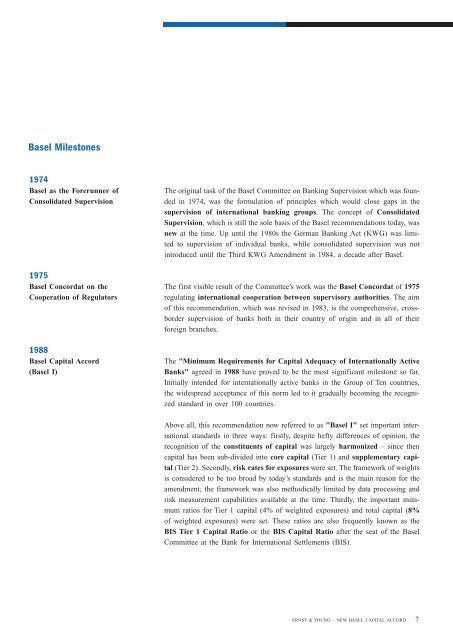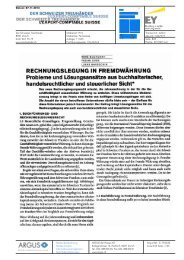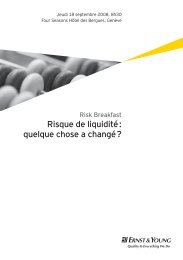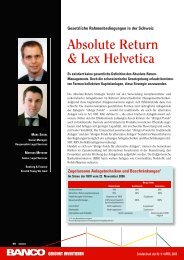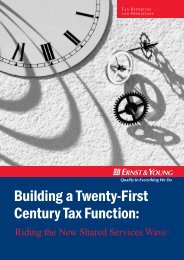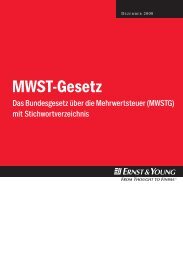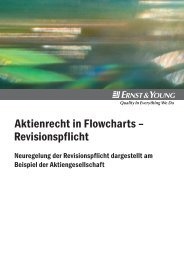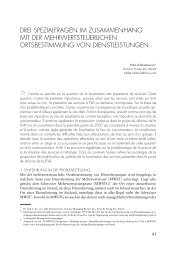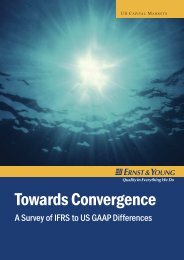New Basel Capital Accord
New Basel Capital Accord
New Basel Capital Accord
- No tags were found...
Create successful ePaper yourself
Turn your PDF publications into a flip-book with our unique Google optimized e-Paper software.
<strong>Basel</strong> Milestones1974<strong>Basel</strong> as the Forerunner ofConsolidated Supervision1975<strong>Basel</strong> Concordat on theCooperation of Regulators1988<strong>Basel</strong> <strong>Capital</strong> <strong>Accord</strong>(<strong>Basel</strong> I)The original task of the <strong>Basel</strong> Committee on Banking Supervision which was foundedin 1974, was the formulation of principles which would close gaps in thesupervision of international banking groups. The concept of ConsolidatedSupervision, which is still the sole basis of the <strong>Basel</strong> recommendations today, wasnew at the time. Up until the 1980s the German Banking Act (KWG) was limitedto supervision of individual banks, while consolidated supervision was notintroduced until the Third KWG Amendment in 1984, a decade after <strong>Basel</strong>.The first visible result of the Committee’s work was the <strong>Basel</strong> Concordat of 1975regulating international cooperation between supervisory authorities. The aimof this recommendation, which was revised in 1983, is the comprehensive, crossbordersupervision of banks both in their country of origin and in all of theirforeign branches.The "Minimum Requirements for <strong>Capital</strong> Adequacy of Internationally ActiveBanks" agreed in 1988 have proved to be the most significant milestone so far.Initially intended for internationally active banks in the Group of Ten countries,the widespread acceptance of this norm led to it gradually becoming the recognizedstandard in over 100 countries.Above all, this recommendation now referred to as "<strong>Basel</strong> I" set important internationalstandards in three ways: firstly, despite hefty differences of opinion, therecognition of the constituents of capital was largely harmonized – since thencapital has been sub-divided into core capital (Tier 1) and supplementary capital(Tier 2). Secondly, risk rates for exposures were set. The framework of weightsis considered to be too broad by today’s standards and is the main reason for theamendment; the framework was also methodically limited by data processing andrisk measurement capabilities available at the time. Thirdly, the important minimumratios for Tier 1 capital (4% of weighted exposures) and total capital (8%of weighted exposures) were set. These ratios are also frequently known as theBIS Tier 1 <strong>Capital</strong> Ratio or the BIS <strong>Capital</strong> Ratio after the seat of the <strong>Basel</strong>Committee at the Bank for International Settlements (BIS).ERNST & YOUNG – NEW BASEL CAPITAL ACCORD7


